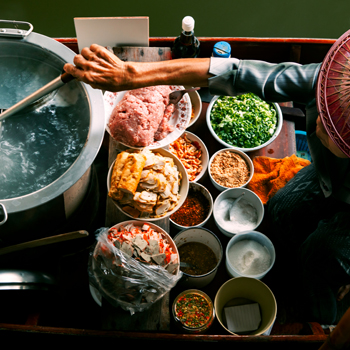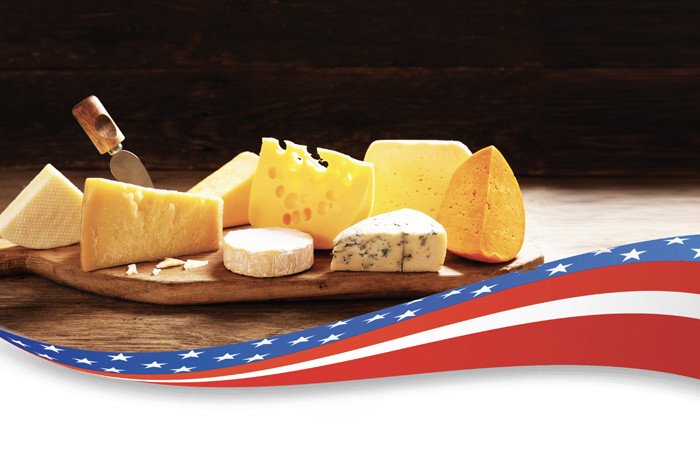
Continue reading “Food Adventure Tourism: A New Dimension of Food Tourism and Culture”

ชีสได้รับการยอมรับว่าเป็นส่วนผสมอาหารที่สร้างความแปลกใหม่ให้กับผลิตภัณฑ์อาหารและเครื่องดื่มได้อย่างน่าตื่นเต้นตลอดเวลา เนื่องจากมีให้เลือกหลากหลายชนิด และแต่ละชนิดมีความแตกต่างกันในเรื่องของกลิ่น รส และเนื้อสัมผัส ชีสคุณภาพได้รับการผลิตในหลายประเทศทั่วโลก โดยเฉพาะในสหรัฐอเมริกาที่ขึ้นชื่อว่าเป็นแหล่งผลิตชีสคุณภาพเพราะมีแหล่งวัตถุดิบนมคุณภาพแห่งหนึ่งของโลกนั่นเอง คุณสามารถหาชีสรสชาติเยี่ยมที่สุดได้จากรัฐแคลิฟอร์เนีย แหล่งผลิตน้ำนมดิบคุณภาพ และมีความอุดมสมบูรณ์ของผืนดิน ตลอดจนการลงทุนด้านการวิจัยและเทคโนโลยีต่างๆ ล้วนผลักดันให้อุตสาหกรรมชีสของสหรัฐอเมริกามีความหลากหลายและเติบโตขึ้นทุกปี โดยเมื่อปี 2559 สหรัฐอเมริกาสามารถผลิตชีสได้มากกว่า 5.5 ล้านตัน หรือประมาณ 1 ใน 4 ของโลกเลยทีเดียว
การวิจัยด้านการผลิตชีสในสหรัฐอเมริกาได้เอาชนะความท้าทายเรื่องการเปลี่ยนแปลงของอุณหภูมิซึ่งมีผลต่อคุณภาพและการเก็บรักษา โดยพัฒนาเทคโนโลยีสำหรับมอซซาเรลล่าแช่แข็ง หรือ Individually Quick Frozen (IQF) ซึ่งจะสามารถเก็บรักษาความสดของชีสมอซซาเรลล่าและหยุดกระบวนการบ่ม (Ageing process) ของชีส ทำให้ได้ชีสที่มีคุณภาพสูงสม่ำเสมอ นอกจากนี้ยังมีการวิจัยและพัฒนาด้านรสชาติ เนื้อสัมผัสเพื่อให้ตอบสนองต่อการนำไปใช้เป็นส่วนผสมในอาหารหลายๆ ประเภทได้อย่างเฉพาะเจาะจงมากขึ้น เช่น การควบคุมปฏิกิริยาการเกิดสีน้ำตาลของชีส การละลาย ตลอดจนคุณสมบัติของสีและกลิ่นชีส
สำหรับอุตสาหกรรมอาหาร ชีสจัดเป็นส่วนผสมอาหารชั้นดีในการเพิ่มกลิ่นรส เนื้อสัมผัส